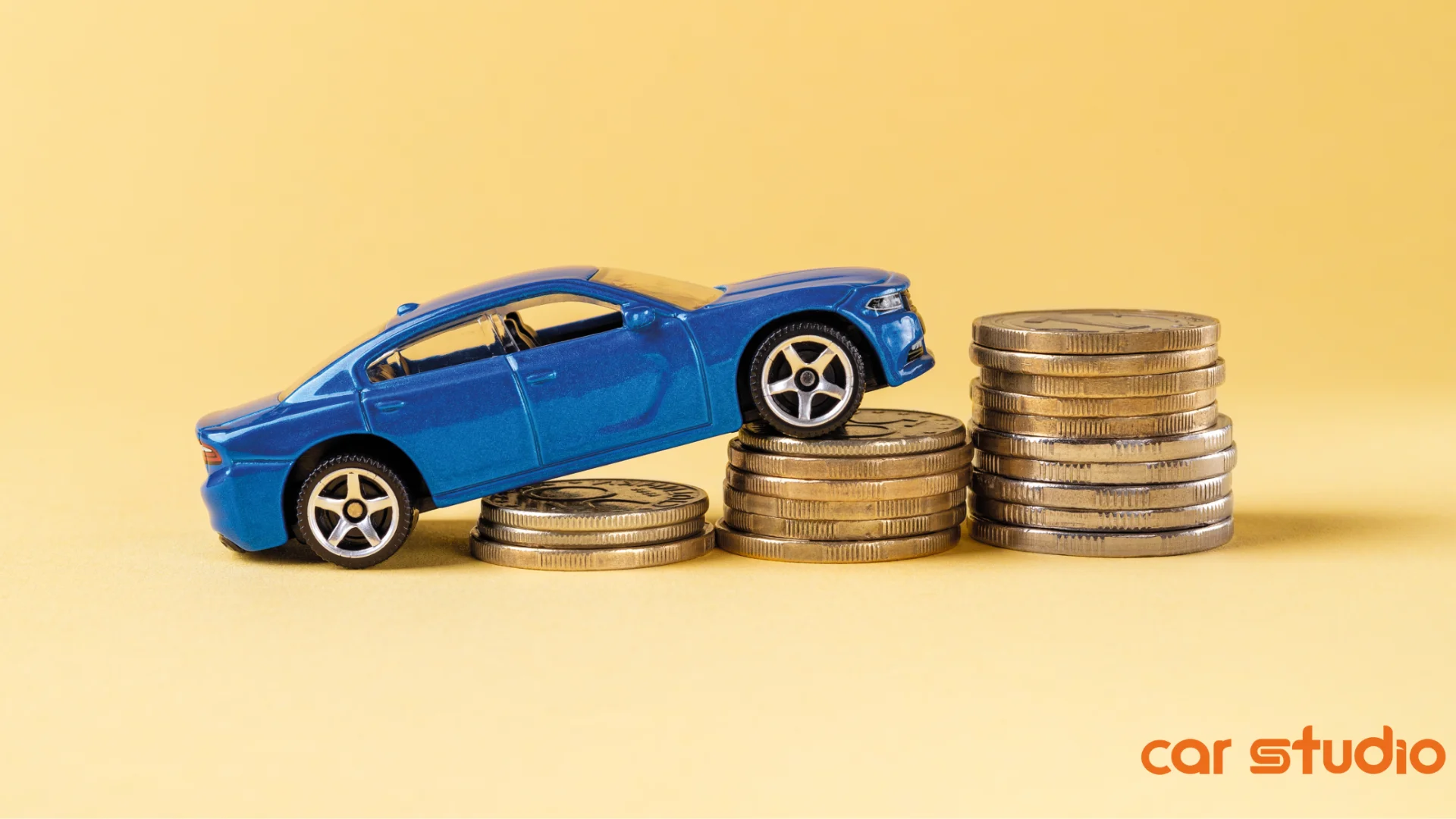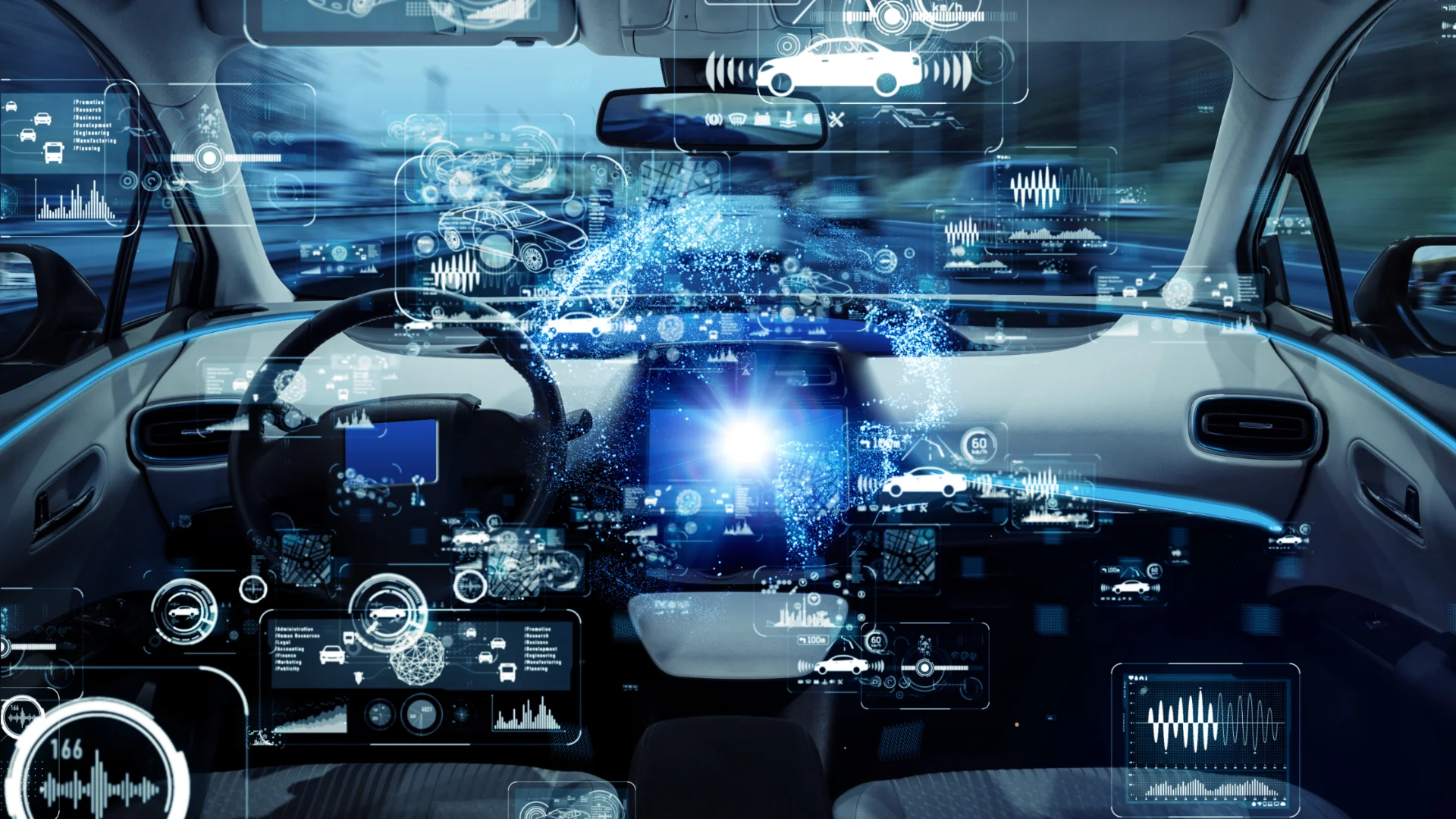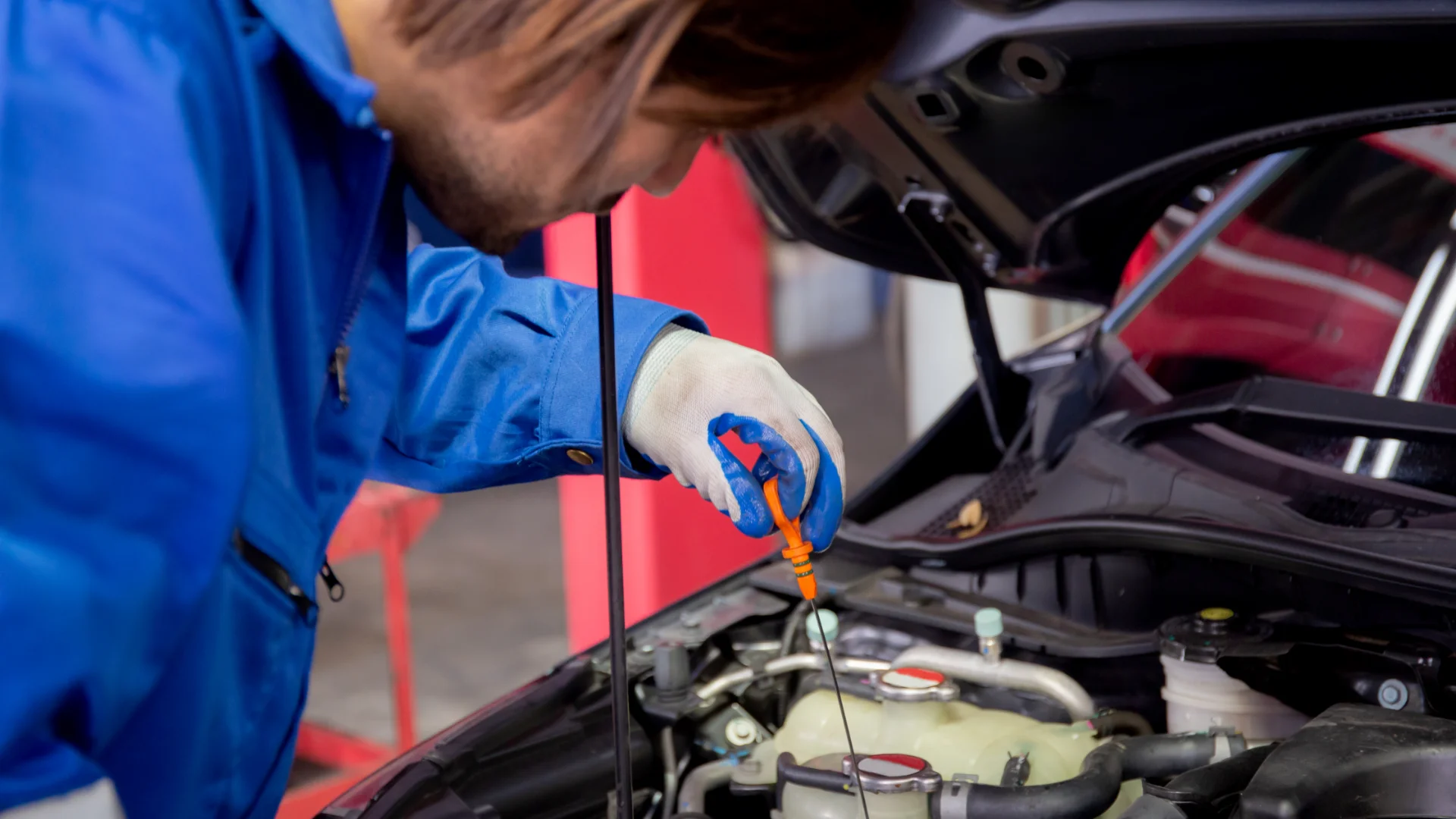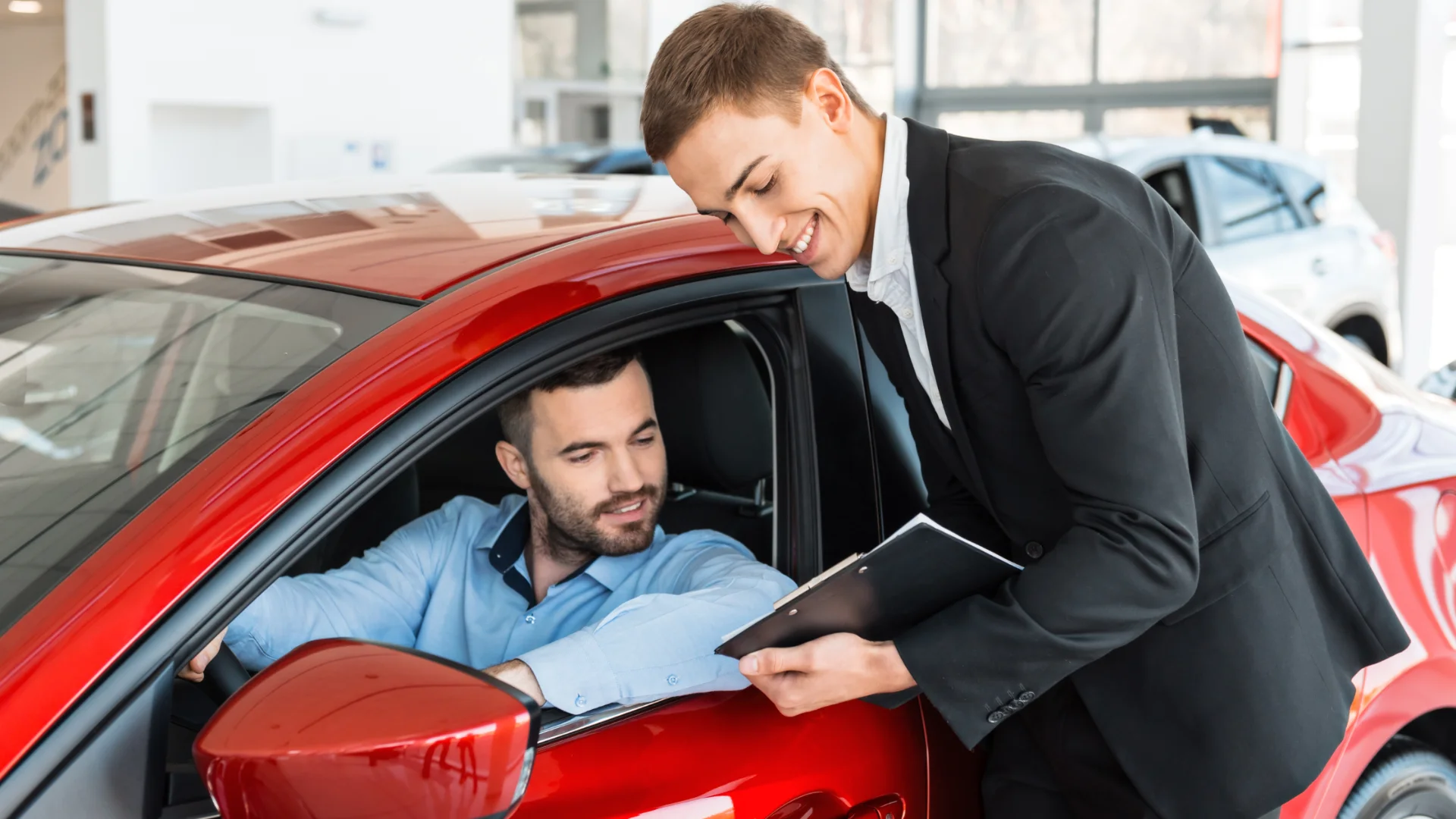
Marketplace Advantage: How Smarter AI Photos Win Buyers’ Trust
Table of Contents
Marketplace Advantage: How Smarter AI Photos Win Buyers’ Trust
The Changing Landscape of Digital Car Sales
Online car marketplaces have evolved from simple digital catalogs into highly competitive ecosystems where visual trust defines success. A decade ago, posting a few clear photos might have been enough. Today, buyers scroll through hundreds of listingscomparing colors, lighting, and angles before they even click “contact seller.”
The modern buyer expects not just accuracy, but emotion. They want photos that feel reliable, listings that radiate care and professionalism. That’s why automotive businesses dealerships, auction platforms, and independent sellers are increasingly turning to AI-powered photo enhancement tools to deliver that trust instantly.
The Visual Revolution in Car Marketplaces
The visual standard for digital marketplaces has shifted dramatically. Platforms like AutoTrader, CarGurus, and Facebook Marketplace have all learned the same truth: high-quality images don’t just make a listing look better they fundamentally change how buyers feel about it.
According to marketplace analytics, listings with polished, consistent visuals receive up to 94% more engagement. This isn’t just about aesthetics; it’s about perception. Clean, well-lit photos tell a buyer, “This seller cares. This car is worth my time.”
Car Studio AI was created precisely for this reality. By transforming everyday car photos into studio-grade images within seconds, it helps dealerships maintain consistency across hundreds of listings something manual photography workflows could never achieve at scale.
Why Visual Consistency Builds Trust
Trust in digital marketplaces is fragile. A single poorly lit photo can make a buyer hesitate, even if the car itself is flawless. Psychologically, buyers rely on visuals to fill in for the lack of physical presence they read lighting, angles, and background as cues of honesty.
A crisp photo signals professionalism; an inconsistent one sparks doubt. When every image across your listings shares the same visual standard background removed, lighting balanced, reflections controlled you create an unspoken promise of reliability.
In essence, visual consistency equals brand integrity.
The Data Behind AI-Enhanced Photos
Research across e-commerce sectors reinforces this pattern. When photos are enhanced using AI balancing brightness, sharpening focus, and optimizing color temperature view-to-conversion ratios rise sharply.
Automotive marketplaces that adopted AI imaging early reported:

These numbers are not abstract; they’re reflections of human psychology. Buyers are subconsciously attracted to symmetry, clarity, and brightness. AI helps sellers deliver all three effortlessly.
Behind the Scenes: How AI Transforms Car Photography
So, what does AI actually do to a photo? Tools like Car Studio AI use advanced machine learning models to:
The result: photos that look like they were taken in a high-end studio, created at a fraction of the time and cost.
It’s not magic—it’s data, precision, and automation working together.
Scalability: From One Dealer to a Thousand Listings
For a single dealership, editing 20 photos may seem manageable. But what about a regional platform with 10 000 active listings? Or a marketplace refreshing its entire inventory weekly?
That’s where AI scalability shines. Instead of human editors spending hours on Photoshop, AI workflows process entire folders in minutes ensuring that every image meets the same visual standard.
This scalability doesn’t just save time; it ensures that growth never breaks consistency.
Marketplace Platforms and the AI Advantage
Large marketplaces are already optimizing their platforms around AI-enhanced visuals. For instance, the strategies explored in [AI-Enhanced Photos Reshaping Marketplace Listing Strategies] and [Platform Strategies for Marketplace Listings with AI Car Photos] show how platforms actively encourage sellers to adopt AI imaging for higher performance scores and better search placement.
Some platforms even adjust algorithmic rankings based on image quality. High-quality AI-processed listings appear more trustworthy, gain more clicks, and ultimately rise to the top of search results.
This creates a positive loop: better photos → more visibility → more engagement → more sales.
Human Emotion Meets Machine Precision

The art of selling cars has always been about emotion the spark of desire when someone sees their future car. AI doesn’t replace that emotion; it amplifies it.
By removing distractions like uneven lighting or messy backgrounds, AI directs attention to what matters: the lines of the car, the gloss of the paint, the promise of the open road.
Buyers don’t consciously think, “This image is AI-enhanced.”
They simply feel more comfortable clicking “inquire.”
Real-World Success: Data-Driven Confidence
When a European dealership integrated Car Studio AI into its workflow, it experienced a 30% surge in engagement within the first month and a 20% boost in closed sales after three.
Their social media metrics told the same story: posts using AI-enhanced photos achieved 2× more shares and 1.5× higher click-through rates. The photos became silent salespeople consistent, elegant, persuasive.
Social Media and Brand Identity
In a social-first world, the line between marketplace and marketing has blurred. The same image that sells a car on your website also defines your brand on Instagram or LinkedIn.
AI-enhanced visuals ensure that your brand aesthetic remains consistent everywhere from banner ads to inventory pages.
As discussed in [How Digital Marketplaces Drive Buyer Trust with AI Images], visual trust is not just transactional; it’s relational. Over time, buyers begin to associate your imagery with professionalism and care a brand identity built one photo at a time.
The Cost-Efficiency Equation
Professional photo studios, lighting setups, and photographers are expensive. For most dealerships, that’s unsustainable at scale. AI doesn’t eliminate artistry it democratizes it.
By automating routine editing, AI allows creative teams to focus on storytelling and emotional design instead of manual adjustments.
In simple terms: less time editing, more time selling.
AI and Ethics: Authenticity in the Age of Automation

As AI becomes more advanced, questions of authenticity arise. “Are these images real?” buyers may wonder.
The key is transparency and integrity. Ethical use of AI doesn’t fabricate reality; it enhances clarity. Car Studio AI, for instance, doesn’t alter the car itself it refines how it’s presented.
This distinction matters: AI should elevate truth, not distort it.
The Future: Smarter Platforms, Smarter Buyers
Tomorrow’s marketplaces will use AI not just for image editing but for real-time optimization. Imagine a system that automatically tests which photo angles convert best for each car model or adjusts lighting profiles based on regional buyer preferences.
That future is already forming. As platforms adopt AI infrastructure, they’ll shift from being passive hosts to active performance partners helping every seller present their inventory in the best possible light, literally and figuratively.
Conclusion: The Visual Edge Is the Trust Edge
In digital car sales, trust is no longer built through handshakes; it’s built through pixels.
Dealerships that master visual quality and consistency win not just attention, but confidence. And confidence, in marketplaces, is currency.
AI-powered imaging like the solutions from Car Studio AI gives sellers a lasting advantage: scalable professionalism, aesthetic precision, and human warmth delivered through technology.
So, as the marketplace evolves, remember:
Better images don’t just sell cars they build relationships.
FAQs: Understanding AI-Powered Car Photography
1. What is AI-powered car photography?
AI-powered car photography refers to the use of advanced machine learning and computer vision algorithms to automatically enhance vehicle photos. These systems detect the car’s shape, color, and details, then make real-time adjustments such as improving lighting balance, removing cluttered or distracting backgrounds, and correcting distortions caused by camera angles. Unlike manual editing, AI applies consistent visual standards across thousands of images, ensuring every photo meets the same professional quality threshold. In essence, it combines the precision of automation with the artistry of visual marketing delivering studio-grade images at scale, without requiring complex tools or photography skills.
2. How does AI photography build buyer trust?
Trust is a visual emotion, especially in online marketplaces where buyers cannot physically inspect a vehicle. When a photo looks clean, balanced, and authentic, it subconsciously signals reliability and professionalism. AI-enhanced images eliminate shadows, background noise, and inconsistencies that often make listings feel less credible. As a result, buyers are more likely to engage with and remember your listings. Over time, this consistency builds a visual identity buyers start associating your brand with transparency, care, and quality. That emotional trust can be the deciding factor between clicking “inquire” or moving on to another seller.
3. Can AI replace professional photographers?
AI doesn’t replace human creativity it augments it. While AI can process thousands of photos in seconds and ensure perfect uniformity, it lacks the intuition, storytelling, and composition skills that professional photographers bring to the table. Think of it as a collaboration: AI handles the repetitive, technical side correcting exposure, aligning frames, and cleaning backgrounds while photographers focus on crafting the narrative, atmosphere, and emotional tone of each shoot. Together, they create a seamless workflow where artistic direction meets data-driven precision. The result is not the loss of artistry, but rather its amplification through technology.
4. Is AI photo enhancement cost-effective?
Yes remarkably so. Traditional car photography involves studio setups, professional lighting, photographers, and extensive post-production editing. These costs scale quickly, especially for dealerships managing large inventories. AI drastically reduces these expenses by automating most of the editing process and eliminating the need for repeated reshoots. A single image can be transformed in seconds, maintaining professional quality without additional labor or equipment costs. Over time, this efficiency compounds—dealers can update their entire online inventory in hours instead of days, reallocating time and resources toward sales, customer engagement, and marketing innovation.
5. How can dealerships get started?
Implementing AI photography is simpler than most expect. Platforms like Car Studio AI integrate directly into existing dealer systems or online marketplaces, allowing teams to upload standard vehicle photos and receive AI-enhanced, studio-quality versions automatically. The setup typically requires no technical expertise just an account and an internet connection. From there, the workflow can be customized: background style, branding consistency, lighting preferences, and output formats can all be adjusted to match your brand’s visual identity. Within a few days, even a small team can transform its entire digital showroom, projecting professionalism and trust across every customer touchpoint.
